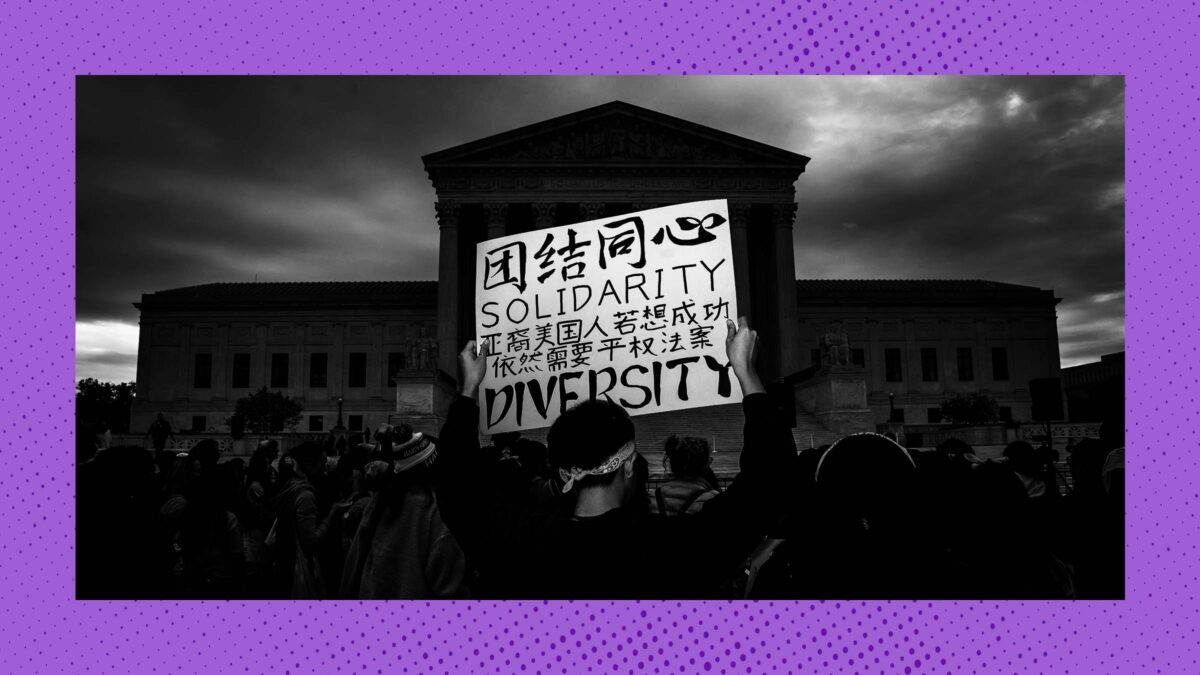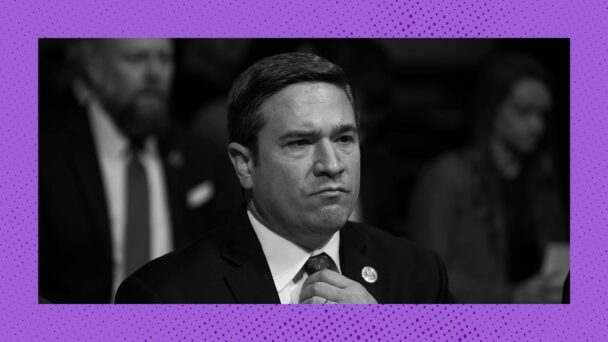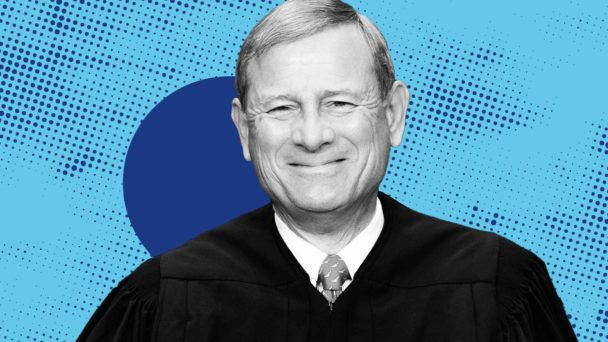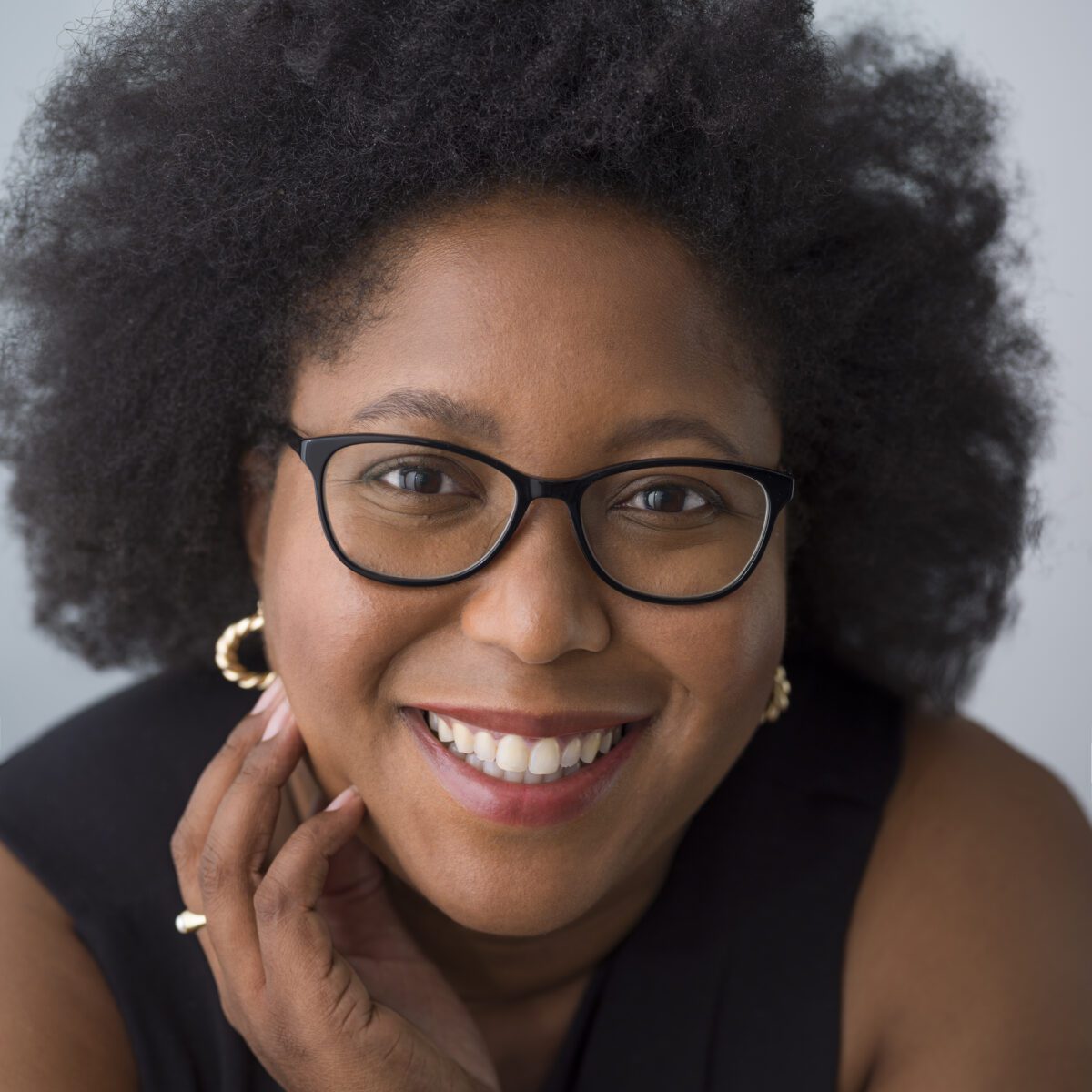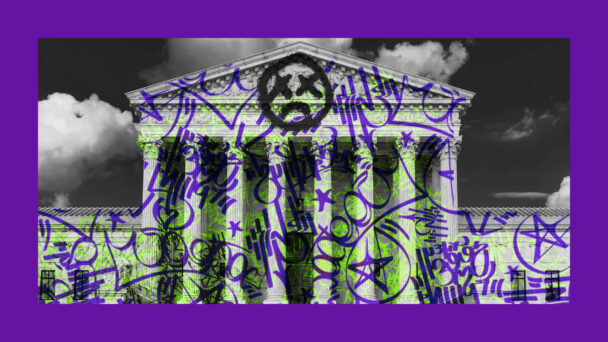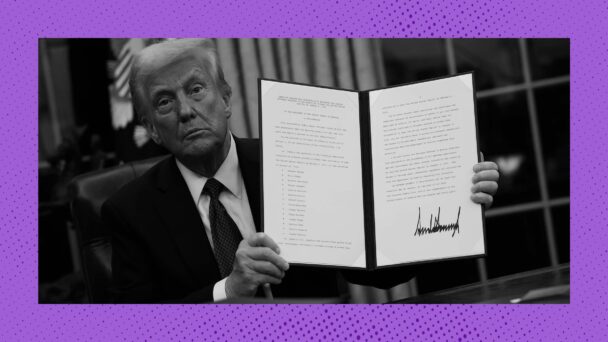Colleges across the country are currently welcoming a new cohort of students to campus, and many of them are greeting fewer students of color than they have in decades. Princeton University’s student newspaper reported last week that only 5 percent of students in the Class of 2029 identified as Black or African American. According to The Daily Princetonian’s analysis, Black student enrollment hasn’t been this low since 1968.
The return to segregation-era demographics at Princeton and elsewhere is the result of the Supreme Court’s decision to ban affirmative action, which used to be one of the primary tools for producing integrated student bodies. In June 2023, the Court ruled in a pair of cases known as Students for Fair Admissions that race-conscious admissions programs, which schools had used for sixty years, are unconstitutional. The Class of 2029 is the second crop of students admitted since that decision, and part of a growing body of evidence suggesting that SFFA is already working as intended—pushing Black people out of elite educational institutions.
Students for Fair Admissions is an organization founded by Ed Blum, a former stockbroker who has made a second career spearheading lawsuits whenever he sees people of color in a classroom, boardroom, or polling place. In SFFA, the Supreme Court heard his challenge to the admissions systems at University of North Carolina and Harvard University, both of which considered an applicant’s race as one factor among many in order to create a diverse student body. Under Supreme Court precedent, both systems were clearly legal. So, as the Supreme Court is wont to do, it changed existing law, declining to recognize any difference between policies that cause racial injustice, and policies that cure it.
“The Harvard and UNC admissions programs cannot be reconciled with the guarantees of the Equal Protection Clause,” wrote Chief Justice John Roberts for the six-justice Republican majority. “Eliminating racial discrimination means eliminating all of it.”
To date, it has proven difficult, in some ways, to fully assess the effects of the Supreme Court’s decision: In the two years since, schools have become more reluctant to share information about their admissions practices. Many schools are also actively experimenting with other ways to create diverse student bodies without running afoul of the ruling.
Still, the data that has come out so far already shows some worrying trends. The year after the Court’s decision, for instance, both Harvard and UNC reported noticeably lower Black student enrollment: Harvard’s freshman class was 18 percent Black in fall 2023 and 14 percent Black in fall 2024. And at UNC, Black enrollment dropped from 10.5 percent to 7.8 percent. In June 2025, CBS News published an analysis based on first-year enrollment data from 116 colleges and universities. Their data showed that the share of underrepresented minority students decreased by roughly 2 percent from fall 2023 to fall 2024, but at the most selective schools, the share fell by around 5 percent.
The New York Times also conducted an analysis, published in January, that showed mixed effects across 66 selective colleges—some had only modest demographic shifts, gaining or losing just a few percentage points, while others had dramatic swings. The biggest dip was at Massachusetts Institute of Technology, which went from a freshman class that was 16 percent Black in the fall of 2023 to just 6 percent Black in the fall of 2024.
Segregationists are not satisfied by these numbers. In February, Ed Blum described himself and other anti-integration activists as “befuddled and concerned” that the amount of students of color did not immediately crater throughout higher education, and accused schools of “cheating.” In June, activists sued the University of California, arguing that schools in the system have been admitting “many more” Black and Latino students “than could be explained by considering all of the non-racial factors used in admissions,” and alleging that they began “significantly amplifying the illegal admissions preferences” as a “response to the death of George Floyd.”
In August, the Trump administration announced that it would begin collecting data showing the race and sex breakdown of applicants, admits, and enrollees at schools, in order to “assess whether schools are passing over the most qualified students in favor of others based on their race.” Basically, it’s not enough to see how many people of color got through the door—the government wants to be sure schools are turning enough people of color away, and letting sufficiently large shares of white people in.
The leaders of the conservative legal movement have since revealed that their ambitions are much greater than resegregating schools alone: They are broadly committed to twisting the law to purge people of color from public life in every way from forcing companies to shut down diversity programs to removing the mere mention of minority veterans from military cemetery websites. And in SFFA, the Court gave their campaign a leg up, eliminating an important tool for Black and Latino students’ social and economic mobility. The decision also gifted aggrieved white people the grounds to file lawsuits, demand data, and conduct investigations whenever they are displeased by the presence of people of color in rooms where they don’t want us.
